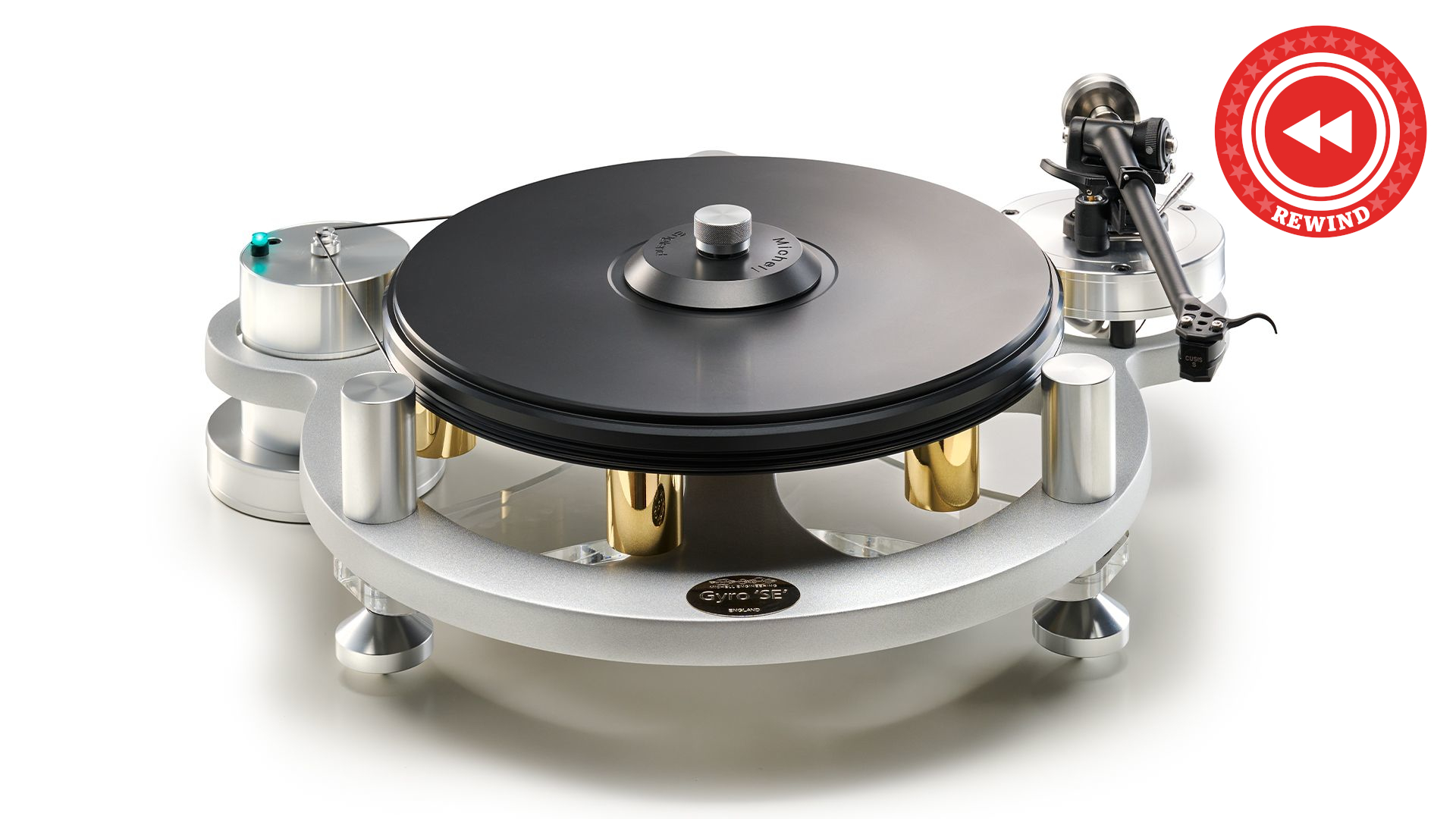It was someone’s home for the better part of half a century — a classic postwar Toronto bungalow in Danforth—East York, with a gabled roof, a butter yellow kitchen with frilly curtains and arched doorways between rooms. This house fell onto the real estate market like so many older homes do. The homeowner of 47 years had passed away, and their kids were handling the estate.
They knew renovators were circling; one made an offer even before a For Sale sign was put up outside. But they decided to test the open market. “Move in and add your personal touch,” a listing lured, “or use the land and build a monster.
” Within days, the bids came flooding in. Two prospective buyers saw a home for their own families and made offers over the $699,000 asking price, recounted listing agent Michelle Walker. But they couldn’t compete with five renovators.
While one bid under the asking price, the rest bid higher, with the home ultimately selling for $860,000. The house changed hands in May 2018. Over the next few years, the new owner tore it down and built a luxurious two-storey house with 12-foot ceilings and quartz counters in the kitchen.
In early 2021, it sold for $2.5 million. Across the Greater Toronto Area, where nearly 30 per cent of existing housing was built in 1960 or before, this pattern has been repeating.
Bungalows and other smaller single-family houses are increasingly disappearing into a cloud of construction dust, replaced by larger and more expensive homes. To.


















